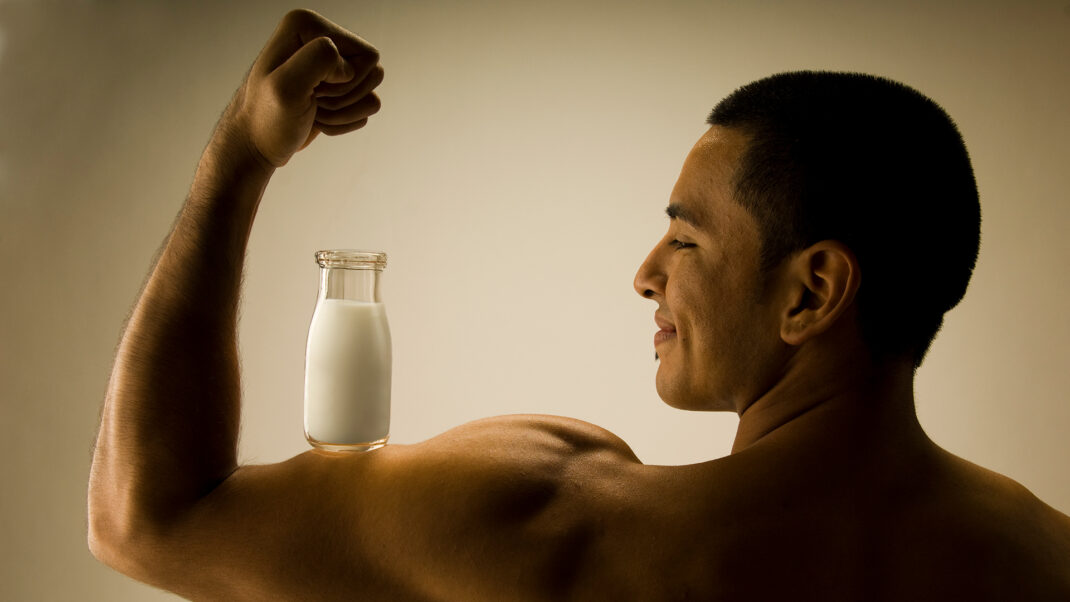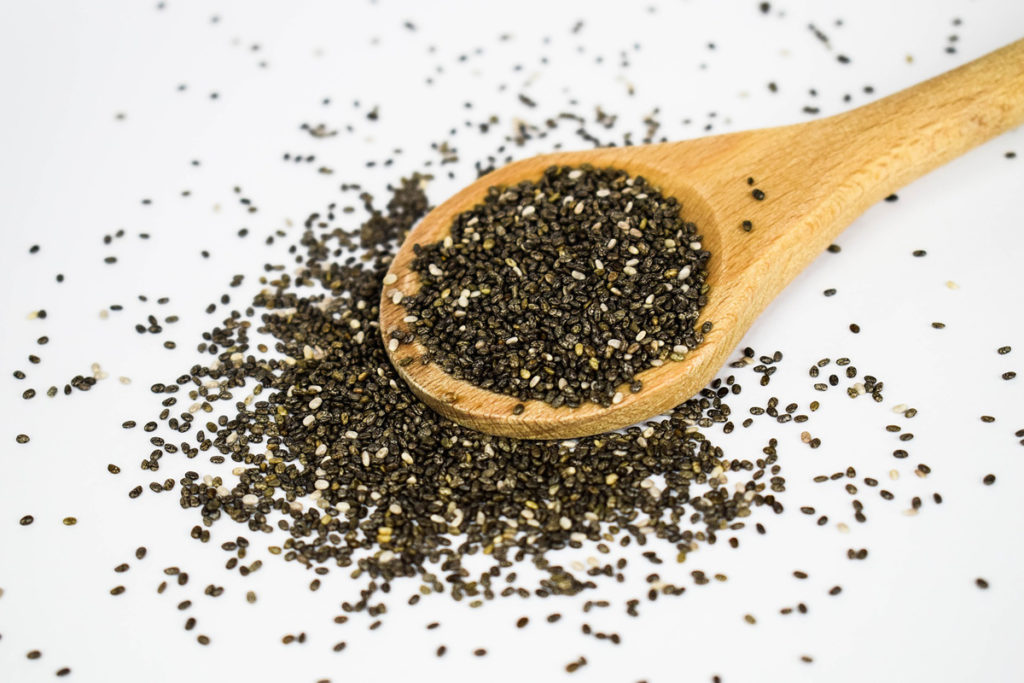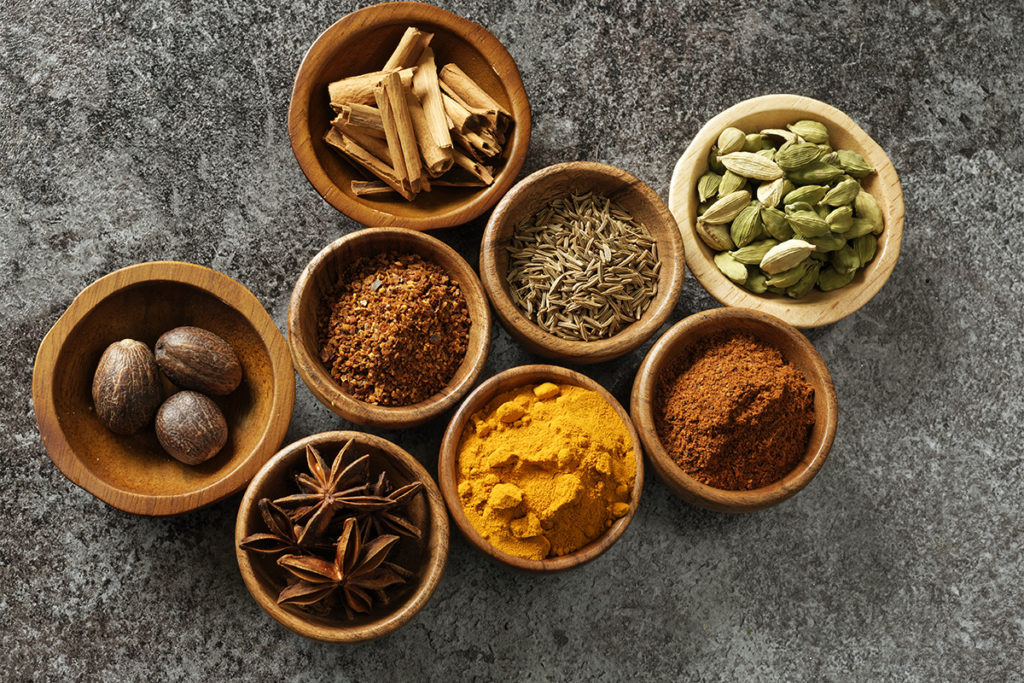Protein and the Mid-Life Shift
Building a Foundation for Healthy Aging
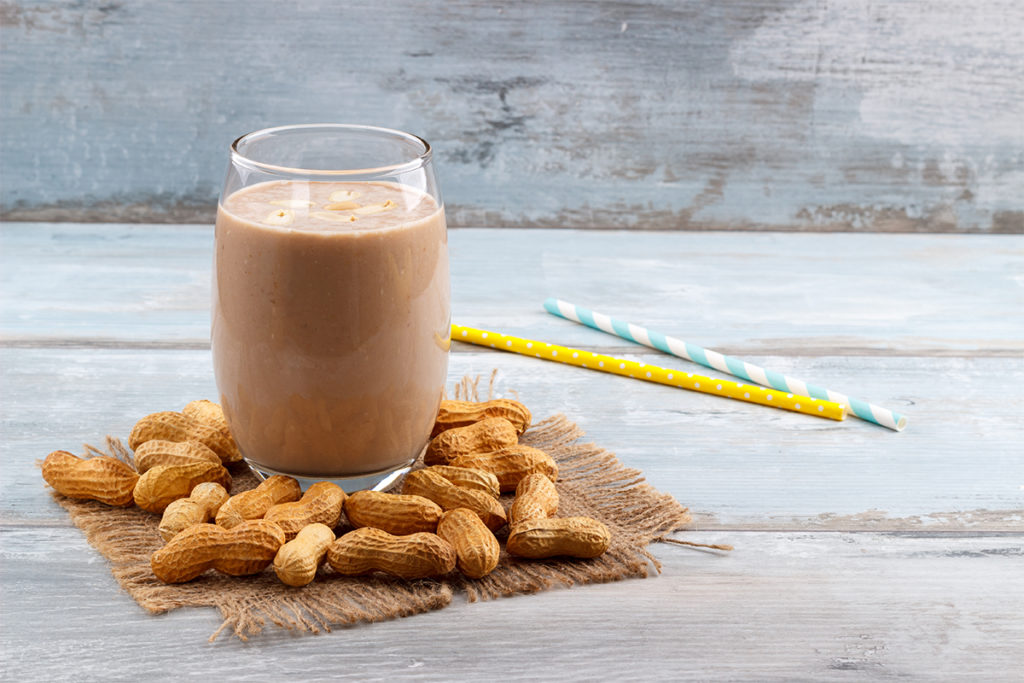
As a fitness professional, you’ve likely had countless conversations with clients about protein—how much they need, when to eat it, and what types are best. But when your clients hit their 40s and 50s, protein takes on an even more critical role—not just for muscle maintenance and performance, but for functional longevity. Mid-life is a physiological pivot point. The habits your clients develop during this phase strongly influence how they’ll move, feel, and recover in their later decades. And among all the macronutrients, protein has one of the biggest impacts on how well they age.
This article explores the science behind protein needs during mid-life, the aging-related changes it addresses, and how you can coach your clients toward effective, sustainable intake for long-term health.
Why Mid-Life Clients Need More Protein—Not Less
Once clients reach their 40s, a few key shifts begin to happen that affect protein metabolism and overall health:
- Sarcopenia (age-related muscle loss) starts around age 30 and accelerates after 50.
- Anabolic resistance increases, meaning the body becomes less efficient at using protein to build muscle.
- Bone density decline begins, especially in women during perimenopause and menopause.
- Slower recovery and increased risk of injury with training or physical stress.
All of this makes adequate protein intake more important than ever. Unfortunately, many mid-life adults consume less protein than they did in earlier years—especially at breakfast and lunch, when it’s most needed to stimulate muscle protein synthesis.
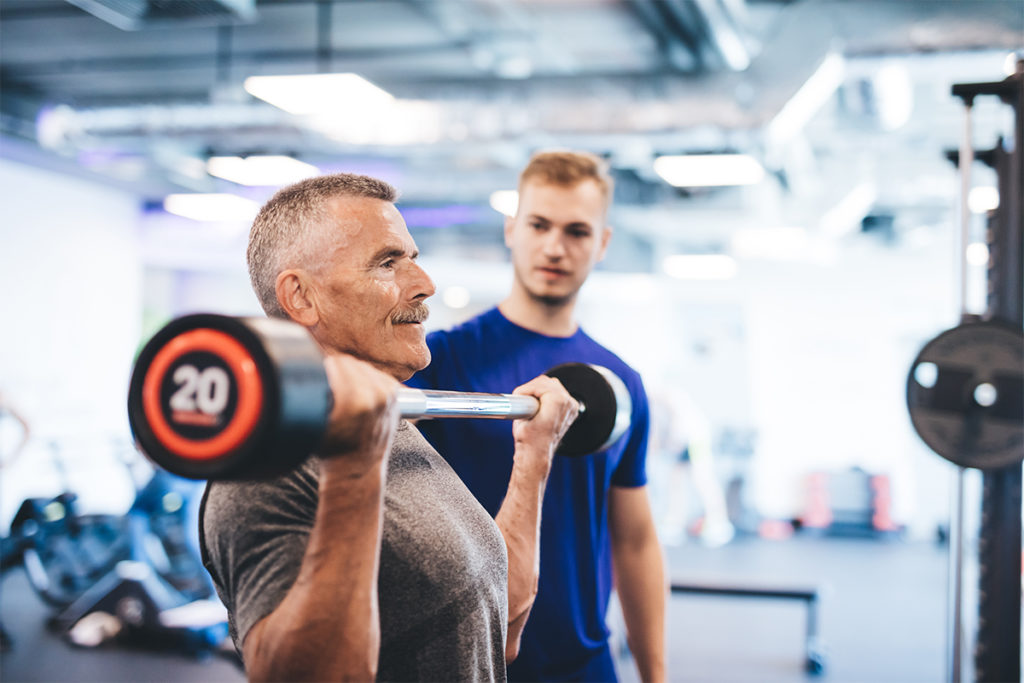
How Protein Supports Healthy Aging
Preserves Muscle Mass & Strength– Protein provides the essential amino acids needed for muscle repair and maintenance. Maintaining lean mass is critical for:
- Joint stability
- Functional movement
- Balance and fall prevention
- Metabolic health
Why it matters: Muscle mass is a direct predictor of longevity and independence in older age.
Supports Bone Health– Contrary to outdated myths, higher protein intake does not harm bone health—in fact, it helps support it when calcium intake is adequate. Protein boosts calcium absorption and promotes bone matrix formation.
Why it matters: Mid-life is the last window to prevent or delay osteoporosis, especially in postmenopausal women.
Improves Metabolic Health– Higher-protein diets improve insulin sensitivity, support weight loss, and increase satiety. This helps prevent mid-life weight gain, especially abdominal fat linked to cardiovascular risk.
Why it matters: Visceral fat accumulation increases in mid-life due to hormonal changes. Protein helps combat that trend.
Enhances Recovery & Immune Function– Protein is essential for tissue repair, immune cell formation, and enzyme activity. It supports recovery from both strength and endurance training, which become harder to bounce back from with age.
Why it matters: Without adequate recovery, clients plateau or become prone to chronic inflammation and overuse injuries.
How Much Protein Should Mid-Life Clients Get?
While the RDA for protein is 0.8g/kg of bodyweight/day, this is the minimum to avoid deficiency, not to support optimal health or aging.
For active mid-life adults, aim for:
- 1.2–2.0 g/kg of bodyweight/day
- Roughly 25–35g per meal, spaced evenly throughout the day
- Additional 10–20g post-exercise for optimal recovery
Example:
A 160-lb (73 kg) client might need 90–140g of protein/day, depending on goals and training load.
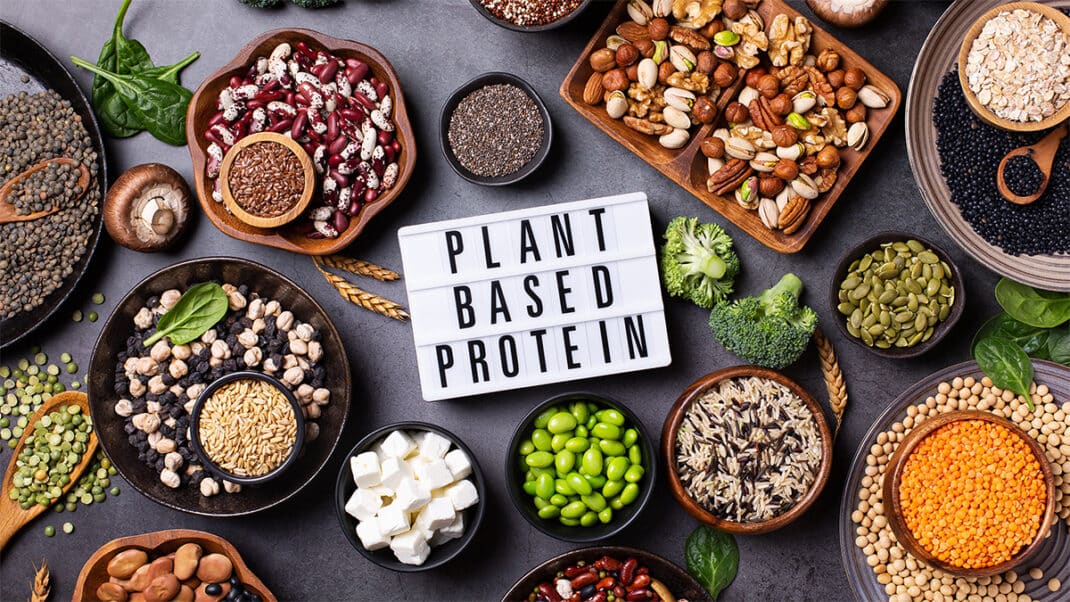
Best Protein Sources for Mid-Life Clients
Encourage high-quality, complete proteins from a variety of sources:
Animal-Based:
- Eggs
- Greek yogurt
- Chicken, turkey, lean beef
- Fish (especially fatty fish like salmon)
- Whey protein isolate
Plant-Based (combine for complete amino acid profile):
- Lentils, chickpeas, black beans
- Tofu, tempeh
- Quinoa
- Edamame
- Plant-based protein powders (look for complete blends with pea + rice protein)
Coach’s Corner: Practical Tips for Encouraging Protein Intake
Coach Protein Per Meal, Not Per Day– Many clients overload on dinner and under-consume protein at breakfast. Shift their mindset to “protein per plate.”
🗨️ “Let’s make sure you’re getting 25–30g of protein at breakfast to start your day strong.”
Use Smoothies Strategically– Smoothies can be a convenient way to boost protein with minimal prep—especially for clients with low appetite or busy mornings.
🗨️ “Try adding 1 scoop of protein, a handful of spinach, and some Greek yogurt to your smoothie—easy and powerful.”
Reinforce Protein’s Role in Aging, Not Just Muscle– Clients may not care about building muscle—but they care about staying mobile, avoiding falls, or being able to travel and garden.
🗨️ “Protein isn’t about bulking up—it’s about keeping you strong, mobile, and independent.”
Track and Celebrate Progress – Use food logs, protein tracking apps, or habit goals (e.g., “3 protein meals/day”) to reinforce change and celebrate consistency.
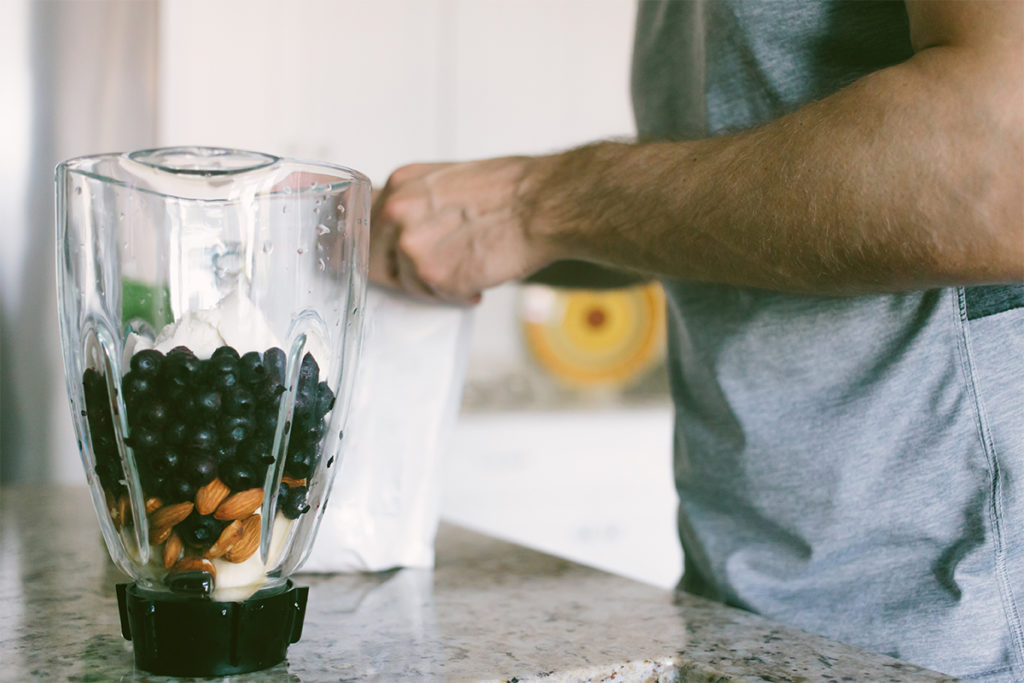
The Bigger Picture: Pairing Protein with Movement
Protein alone isn’t enough—it must be paired with resistance training to trigger muscle growth and support bone health. Encourage mid-life clients to:
- Strength train 2–3x/week, focusing on compound lifts
- Walk or engage in cardio for metabolic health
- Stretch and recover with adequate rest and hydration
The synergy of nutrition + training + recovery is where long-term health and resilience are built.
Final Takeaways for Fitness Professionals
- Mid-life is a critical window: Dietary protein habits formed now will influence how clients move, recover, and age into their 60s and 70s.
- Aim higher than the RDA: Encourage 1.2–2.0g/kg/day, spaced across meals.
- Use function as motivation: Clients care more about staying active and independent than aesthetics alone.
- Protein is prevention: From muscle loss to fractures to metabolic disease, adequate protein helps delay or avoid common aging issues.
- You are their guide: Your knowledge can help mid-life clients develop sustainable nutrition strategies that serve them for life
References
Kitada M, Ogura Y, Monno I, Koya D. The impact of dietary protein intake on longevity and metabolic health. EBioMedicine. 2019 May;43:632-640. doi: 10.1016/j.ebiom.2019.04.005. Epub 2019 Apr 8. PMID: 30975545; PMCID: PMC6562018.
https://www.health.harvard.edu/staying-healthy/preserve-your-muscle-mass
https://www.health.com/nutrition/how-much-protein-per-day
Baum JI, Kim IY, Wolfe RR. Protein Consumption and the Elderly: What Is the Optimal Level of Intake? Nutrients. 2016 Jun 8;8(6):359. doi: 10.3390/nu8060359. PMID: 27338461; PMCID: PMC4924200.

